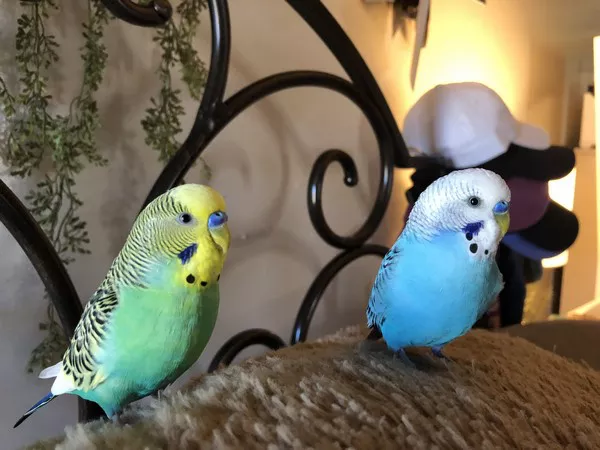Turtles, with their slow and deliberate movements, have captured the fascination of humans for centuries. Their intriguing behavior, both on land and in water, raises questions about their cognitive abilities, including their sense of satiety. One common query among turtle enthusiasts is whether these reptiles possess an innate understanding of when to stop eating. In this article, we delve into the world of turtle feeding behavior, exploring the factors that influence their eating habits and seeking answers to the question of whether turtles have an internal mechanism guiding them to cease eating when they’ve had enough.
Understanding Turtle Diets
Before delving into the intricacies of turtle feeding behavior, it’s essential to understand the diverse diets these reptiles adopt. Turtles are a remarkably varied group, encompassing species with herbivorous, omnivorous, and carnivorous tendencies. Herbivorous turtles primarily consume plant matter such as algae, aquatic plants, and fruits. Omnivorous turtles have a more varied diet, including both plant and animal material, while carnivorous turtles feed predominantly on live prey.
The diversity in diets among turtles suggests that different factors may influence their eating behavior. Examining these factors will provide insights into whether turtles possess an inherent ability to regulate their food intake.
Metabolic Rate and Energy Needs
One crucial factor influencing turtle feeding behavior is their metabolic rate and energy requirements. Turtles, like all living organisms, require energy to sustain their bodily functions and activities. The metabolic rate varies among turtle species, with smaller species generally having higher metabolic rates than larger ones.
Turtles adjust their feeding behavior based on their metabolic needs. When energy reserves are low, turtles may exhibit increased foraging and feeding activities. Conversely, when energy requirements are met, they might reduce their food intake or cease feeding altogether. This self-regulation is an essential aspect of their survival strategy, ensuring that they maintain a balance between energy consumption and expenditure.
Environmental Influences on Feeding Behavior
The environment plays a crucial role in shaping turtle feeding behavior. Factors such as temperature, daylight duration, and the availability of food sources can significantly impact a turtle’s feeding patterns. Turtles are ectothermic, meaning their body temperature is regulated by external environmental conditions. As a result, their metabolic rate and activity levels are influenced by ambient temperature.
During colder periods, turtles may experience a decrease in metabolic activity, leading to reduced appetite and feeding. In contrast, warmer temperatures can stimulate metabolic processes, prompting an increase in feeding behavior. Understanding these environmental influences is essential for caretakers of pet turtles, as it allows them to create suitable conditions for optimal feeding and overall well-being.
Instinctual Feeding Patterns
Turtles often exhibit instinctual feeding patterns that are deeply ingrained in their evolutionary history. These patterns are shaped by the challenges and opportunities presented by their natural habitats. For example, carnivorous turtles may have evolved to be opportunistic feeders, consuming prey when available and adjusting their intake based on the availability of food sources.
See Also:How Long Do Hawaiian Sea Turtles Live?
Herbivorous turtles, on the other hand, may have developed feeding strategies to maximize nutrient intake from available plant materials. This instinctual behavior may include mechanisms to prevent overconsumption, ensuring the turtle does not deplete its food sources and maintains a sustainable balance in its ecosystem.
Physiological Signals of Satiation
While turtles may not communicate in the same way humans do, they likely rely on physiological signals to determine when to stop eating. These signals could include sensations of fullness or changes in hormone levels that indicate satiety. Observing these cues may be particularly relevant in captive settings where turtles have consistent access to food.
Research into the physiological mechanisms that regulate feeding behavior in turtles is ongoing, and understanding these signals can provide valuable insights into their cognitive and sensory capabilities.
Social Dynamics and Competition for Resources
In some turtle species, social dynamics and competition for resources may influence feeding behavior. Territorial disputes or hierarchical structures within a group can impact access to food, leading to variations in individual feeding patterns. Turtles may develop strategies to navigate these social dynamics, adjusting their feeding frequency and quantity to maintain their place within the hierarchy.
In captivity, understanding the social dynamics of a group of turtles is crucial for providing appropriate feeding opportunities. Ensuring equal access to food and monitoring individual behaviors can contribute to a healthier and more harmonious captive environment.
Conclusion
The question of whether turtles know when to stop eating involves a complex interplay of factors, including metabolic rate, environmental influences, instinctual behaviors, physiological signals, and social dynamics. As our understanding of turtle cognition and behavior continues to evolve, researchers are gaining valuable insights into the mechanisms that govern feeding habits in these intriguing reptiles.
Turtles, with their ancient lineage and diverse adaptations, have developed sophisticated strategies for survival in various ecosystems. Whether it’s the careful balance of energy intake and expenditure or the instinctual behaviors honed over millions of years, turtles exhibit a remarkable ability to navigate the challenges of obtaining and consuming food.
While the exact mechanisms guiding when turtles stop eating may not be fully understood, ongoing research and careful observation of these reptiles in both natural and captive settings contribute to our growing knowledge. As we unlock more secrets of turtle behavior, we gain not only a deeper appreciation for these fascinating creatures but also valuable insights that can inform their care and conservation.
Related Topics:
What Fruits and Vegetables Can Turtles Eat?
What is the Lifespan of a Loggerhead Turtle?
What Jellyfish Does Leatherback Sea Turtles Like?























